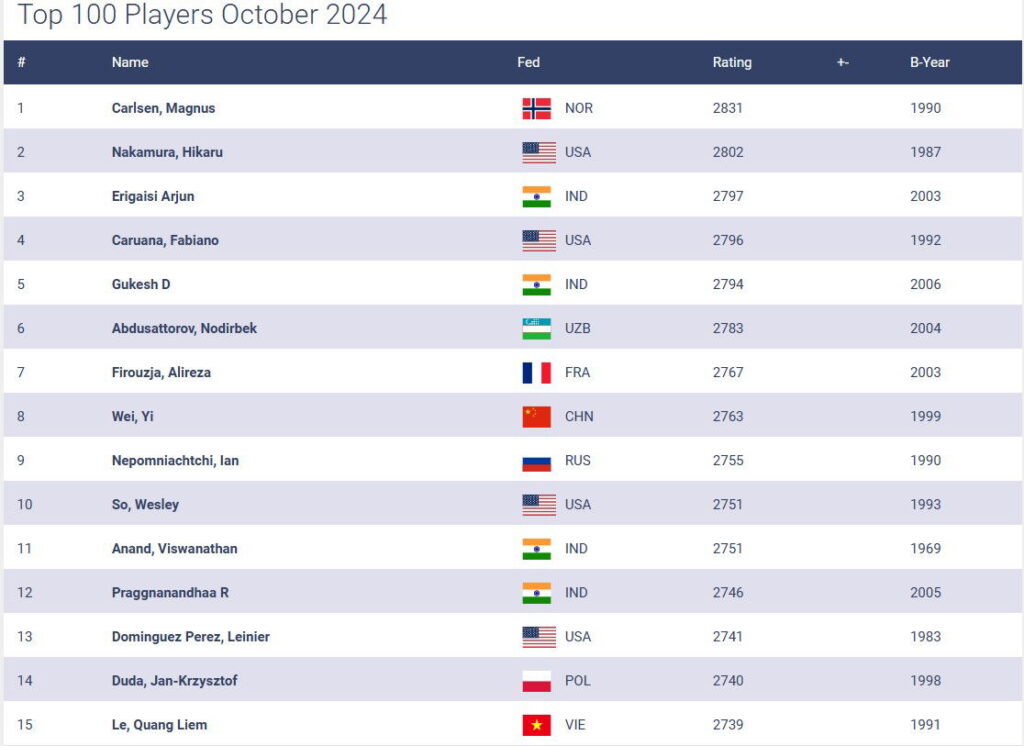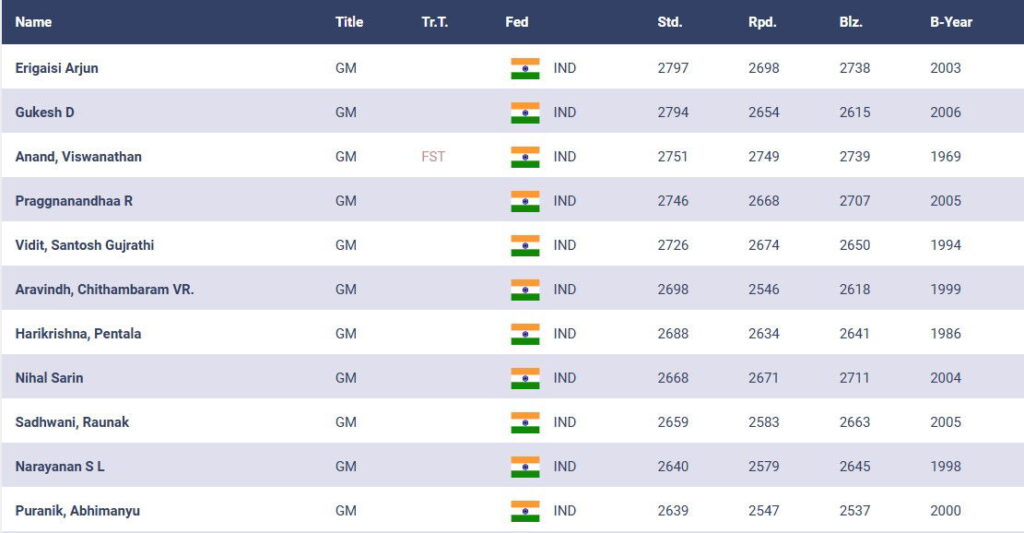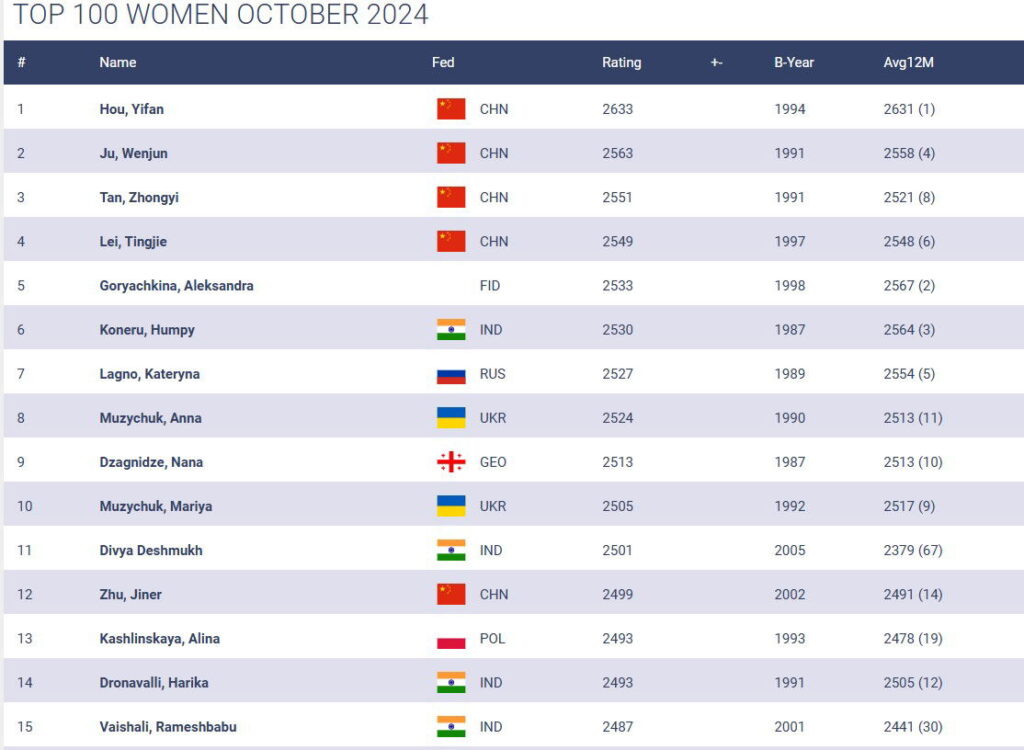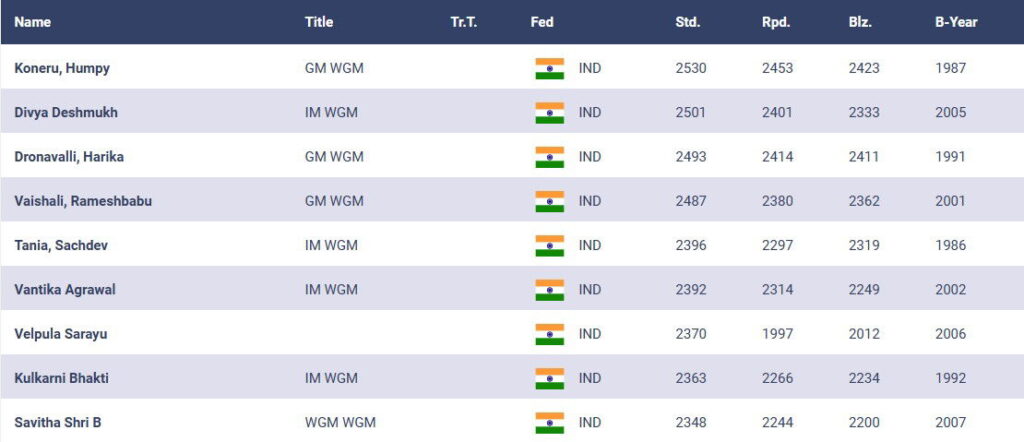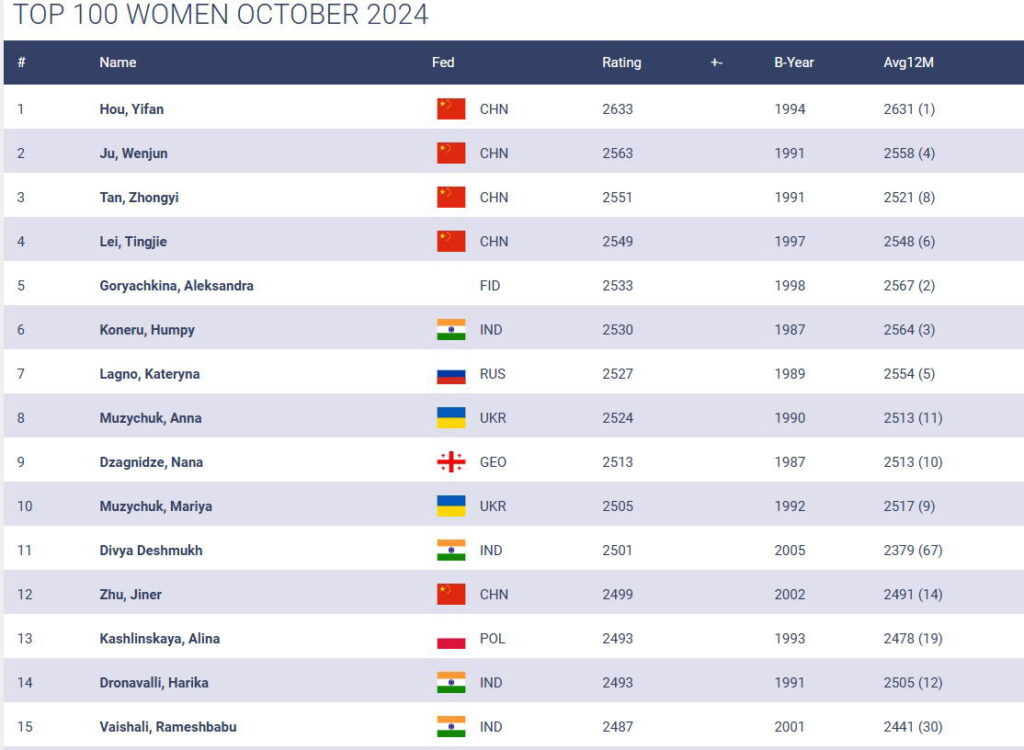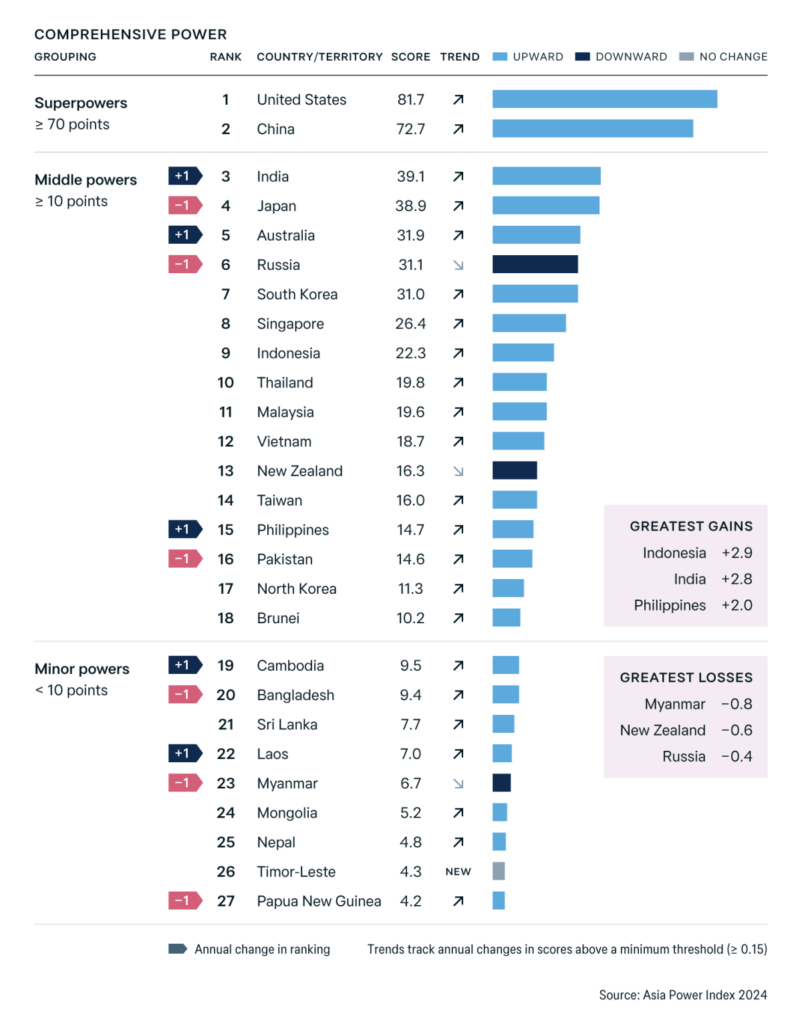Achieving laurels for the country, Pritpal Kaur, Superintendent of Police of Phek district in Nagaland, has been selected as the ‘2024 IACP 40 Under 40’ awardee by the prestigious US-based International Association of Chiefs of Police (IACP).
The dentist (Goldmetalist)-turned-IPS officer Kaur, is among 40 police officers selected from around the world for the award and the lone winner of the ‘2024 IACP 40 Under 40’ award from India this year.
IACP President (Chief Wade Carpenter) in a letter to 29-year-old Kaur, a native of Haryana, said: “You are part of an incredibly talented, accomplished, and dedicated group of individuals who demonstrate leadership and exemplify a deep commitment to the profession.”
The IACP, a not-for-profit organisation, headquartered in Alexandria, Virginia, has invited Kaur, a 2016 batch IPS officer, to the 2024 IACP Annual Conference and Exposition in Boston, Massachusetts, to receive the prestigious award on October 22.
The awardees of the IACP signify the top rising leaders, exemplifying leadership, commitment and service to their communities and the law enforcement profession.
Sharing Kaur’s profile, the IACP wrote: “Since childhood, she has carried a passion for spreading education, and throughout her career, she has helped resolve conflicts and strengthen communities across India.”
“Kaur’s passion for policing began in her childhood when she served as the captain of her school sports team. As a doctor, she participated in many police-community projects, which took her to remote areas needing help from the police and gave Kaur great satisfaction and encouragement from helping people.”
The IACP said that she served as the first SP for a newly created border district, and she brought progress and peace to international borders, using her negotiation skills to avert border clashes and land disputes, and assisted in anti-drug efforts, providing treatment, counselling, rehabilitation, and livelihood to hundreds of people struggling with drug addiction.
“Kaur has dedicated her career to strengthening communities through innovative projects such as Fighting Drugs with Education and Livelihood and Not Guns but Machines, which teaches people how to apply their skills into making machines such as electric bicycles, dryers, and other low-cost machines,” the international body said.
According to IACP, Kaur attributes her enthusiasm for education and service to her mother, who believed that education is not just for making money, but for teaching and helping others.
“She carries this philosophy with her today as she teaches communities how to enhance their livelihood.”
The young IPS officer has earlier received several awards, including the International Inspiration Women Award 2023, Skoch Gold Award 2023, DGP Disc Award, Women Power India Award 2023, and Global Women Leader Award 2024 by World Women Leadership Congress 2024.
“One of her greatest honours was the granting of a tribal name during her work with tribal groups in Nagaland. Currently, she serves as an SP in the Indo-Myanmar border district of Phek.
“The virtue of keeping society always in order, more peaceful, and progressive made me choose the law enforcement career,” Kaur said.
She described the people of Nagaland as loving and loved to work with them.
“Nagas are self-sufficient tribes and very talented in all fields, I am just helping them to polish their own talent. They are so rich in culture and traditions. We just admire them,” she told the media, adding that the only thing the people lacked behind was a lack of opportunities in a few domains.
A senior Nagaland Police officer said that apart from performing her duty as a police officer, Kaur has taken up many social and welfare activities for the local populace in those districts whenever she was posted.
Earlier the IPS officer was posted as Superintendent of Police of the Longleng district in Nagaland.
According to the police officer, the activities she undertook, include, free coaching classes, livelihood training for drug addicts and counselling, career guidance to students, training in farming, biodiversity and environment protection, the war against drugs, formation of Self Help Groups (SHGs), education at all the levels, promotion of sports among others.
(Sujit Chakraborty can be contacted at sujitchakrabortyne@gmail.com)
–IANS
source/content: bhaskarlive.in (headline edited)
